Sensory Analysis Questions
Panel
- Can a sensory panel be reliable and repeatable?
Sensory analysis is based on the subjective evaluation of different people expressing their visual, olfactory, gustatory or even tactile perceptions; one could, in fact, think, as the saying would suggest, that tastes and colors are very fluctuating, but this technique has been very widely described in such a way as to make the experiments repeatable and precise with specific statistical treatments making it possible to arrive at completely objective results in the discrimination and description of products.
- Are the panelists judged during the evaluations?
The people integrated into a sensory evaluation panel will be monitored on their presence, their repeatability, their discrimination, and on their consensus between them... But all these indicators have only one goal, to be able to improve the expertise and the characterization of these people in the evaluation of products.
- Should we consider the evaluation sessions as a job in its own right?
Sensory evaluation sessions, and even when these apply to fairly festive products, such as champagnes, chocolate, cakes... these sessions must be considered as work in their own right, due to their very important role in the company's analysis and decision-making processes in product development, quality control, etc. Consequently, despite appearances, these tasks remain of the same order as typing up a report, a hotline or even writing of a computer program...
- How to animate and arouse the interest of the panelists in the sessions?
The fact of being integrated into a sensory evaluation panel automatically induces a constraint of availability in order to be able to respond to invitations from the organizer of the sessions. These trips and the time devoted to these sessions can constitute efforts that will have to be compensated in one way or another.
- Can a panel training only on the basic flavors be enough?
Training solely based on taste ranges of the sweet, salty, bitter, and acid type, as recommended in the standards, is a first phase making it possible to identify threshold values, and to recognize these flavors. This first approach also makes it possible to detect certain disturbances of perception (for example minor ageusias) prejudicial to a satisfactory evaluation later. But this could not be enough, knowing that the results of a person, who could, for example, very well recognize and evaluate these basic flavors, would in no way prejudge a good evaluation of a sausage or a rusk, for example, products that are infinitely more complex to describe than sweet or salty solutions. It therefore remains necessary to push the training on more numerous descriptors, characteristics of the products to be evaluated, in order to be able to consider a successful and appropriate training of a sensory panel with a view to the realization of classic profiles of the QDA type.
- Why is it necessary to explain sensory attributes in detail?
Sensory attributes are questions to try to describe by organoleptic characteristics of the products, it is thus obvious that if these questions are not clearly defined and explained by other words making it possible to better define the meaning of the question, it will be difficult to consider that all the panelists will have understood in the same way, and with the same meaning, the question posed by the questionnaire.
- Should consensus be systematically sought within the panel?
A certain consensus within a panel is necessary to obtain a coherent description of the products, however a panel is also a sum of diversities in sensory perceptions. These differentiated approaches can provide a richer picture for product description. Thus, it could be a pity to have in a certain way only panelists, "clones" of themselves where only one would be enough to carry out the evaluation. However, in the case of incomplete block protocols or product follow-up studies, it is necessary to have a high level of consensus to obtain greater reliability of the results.












